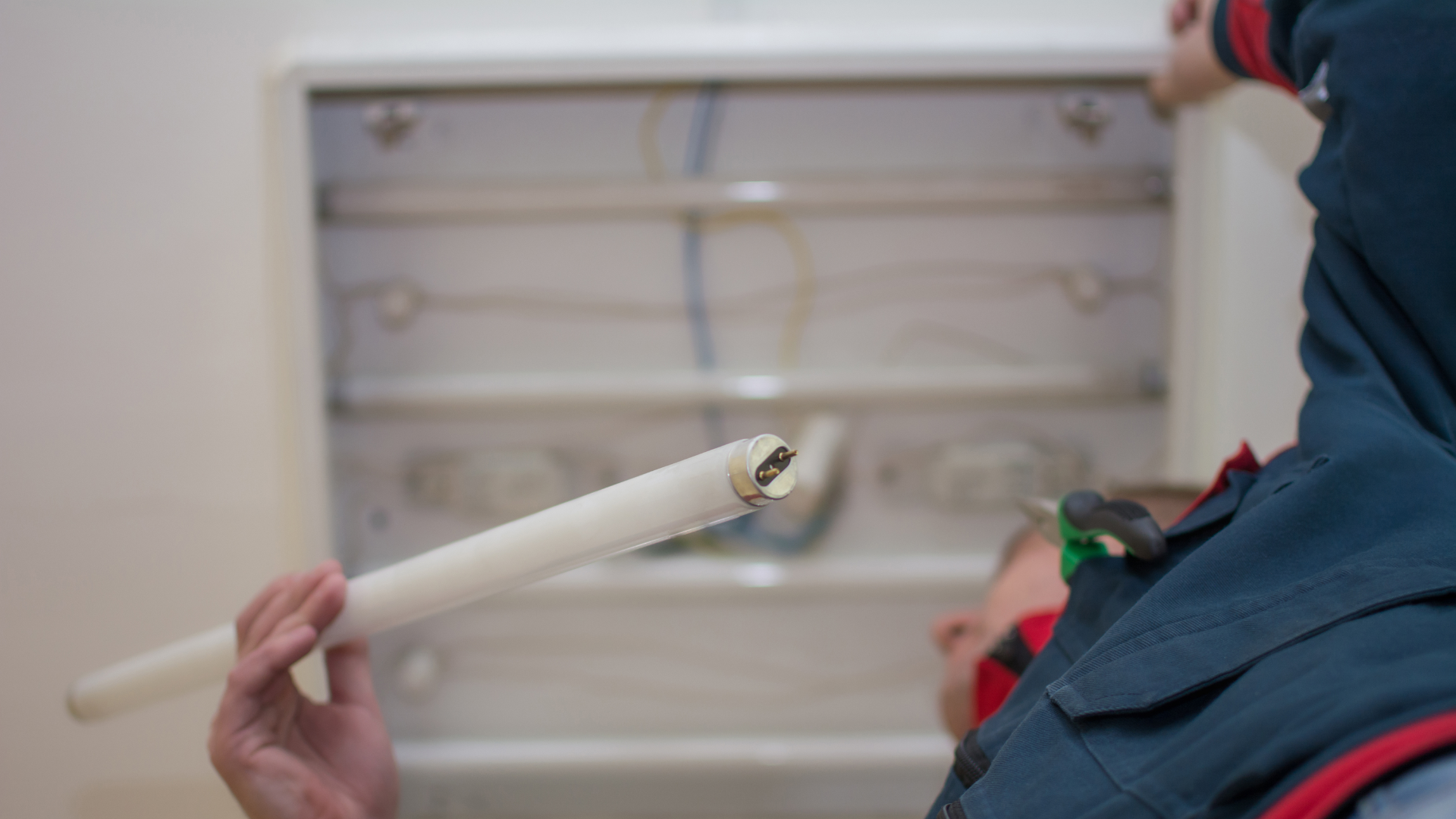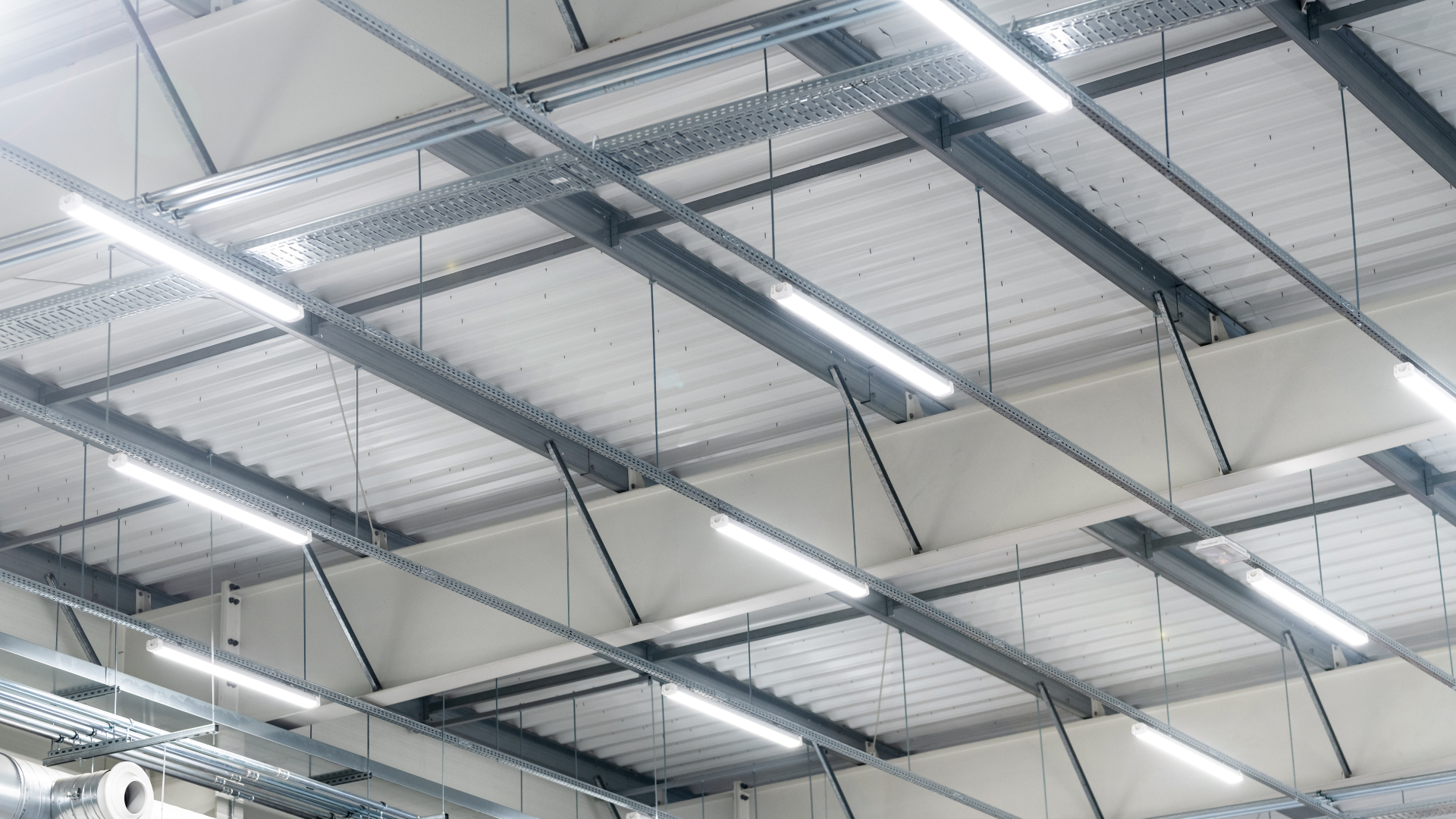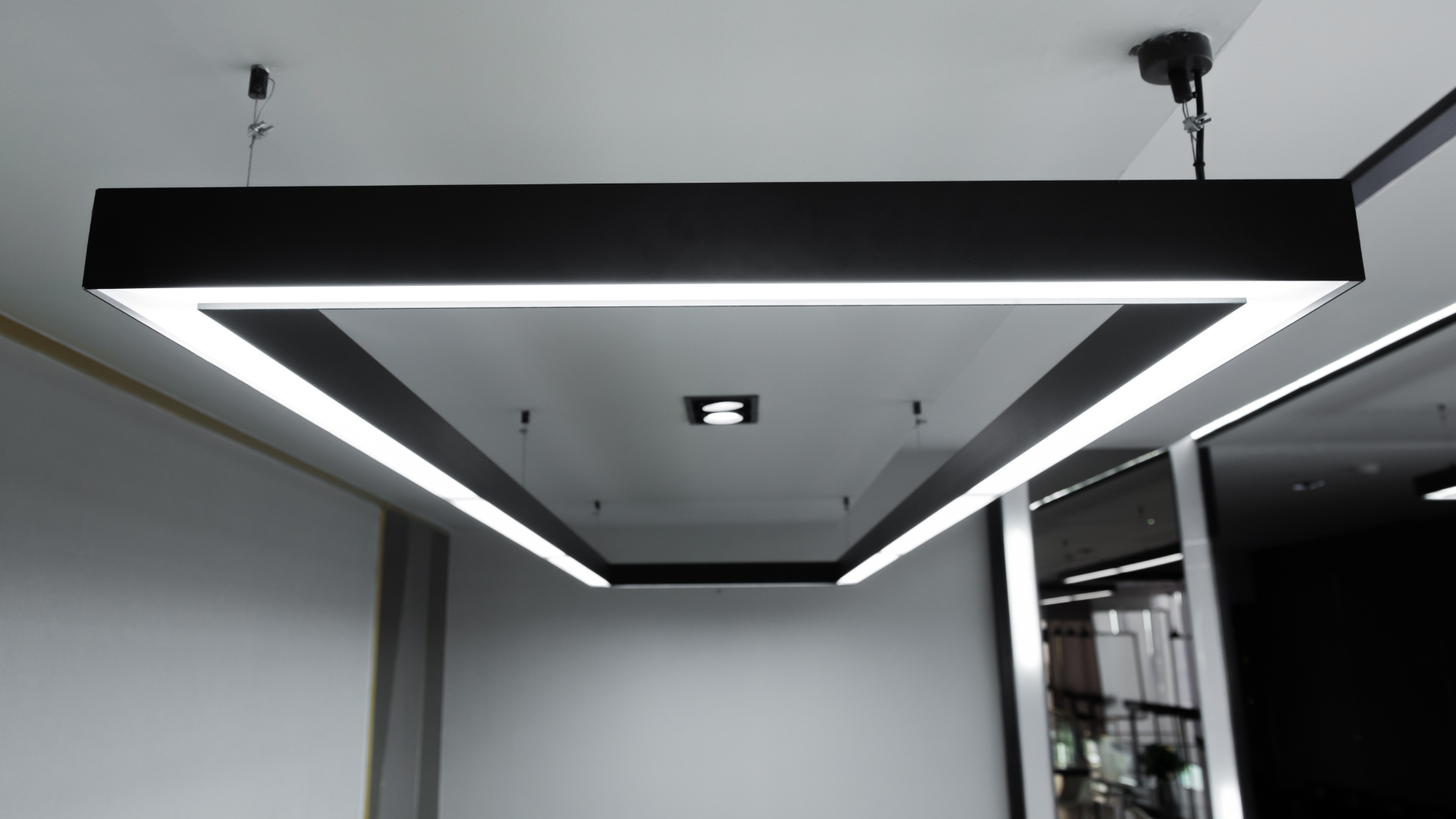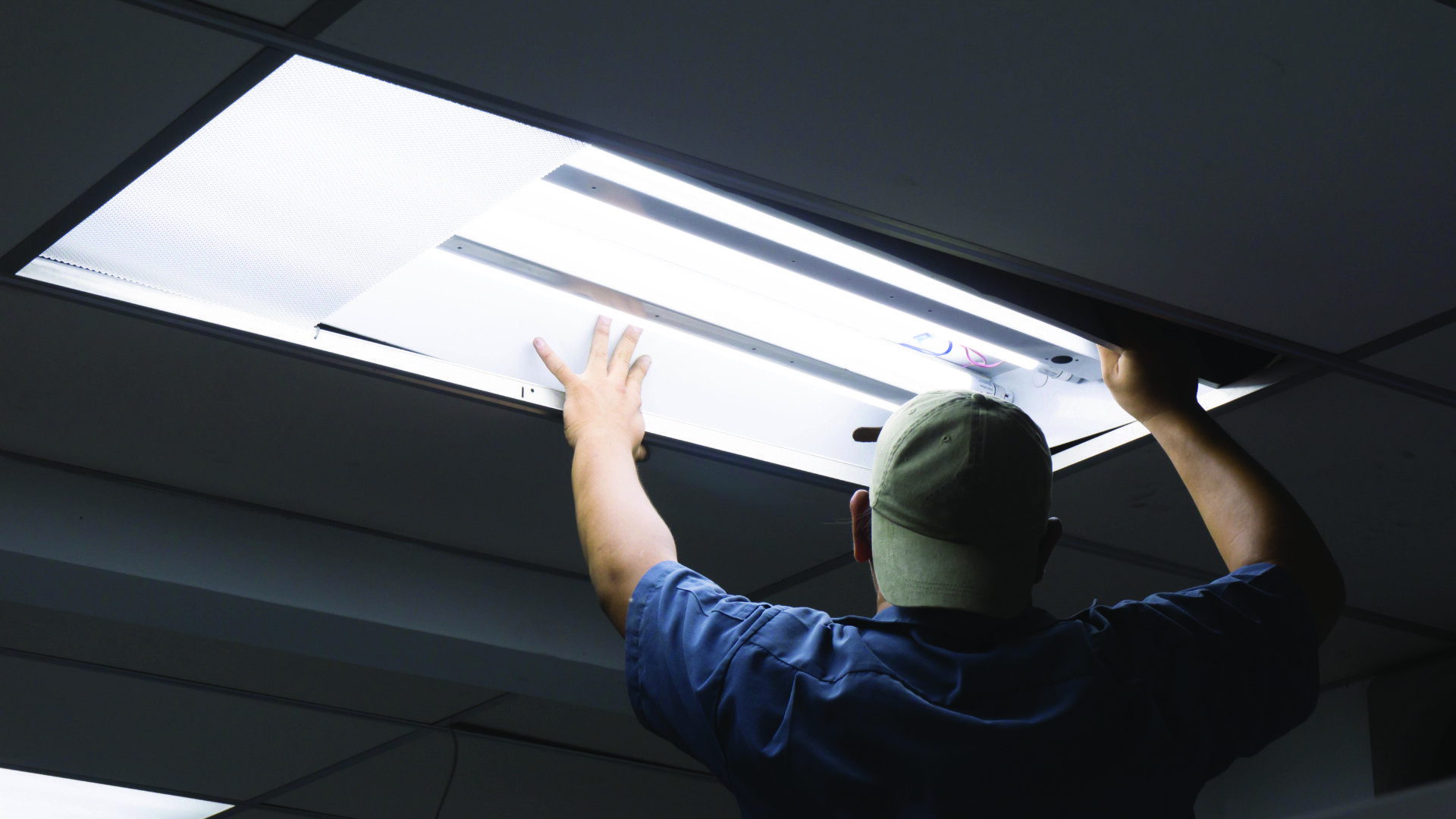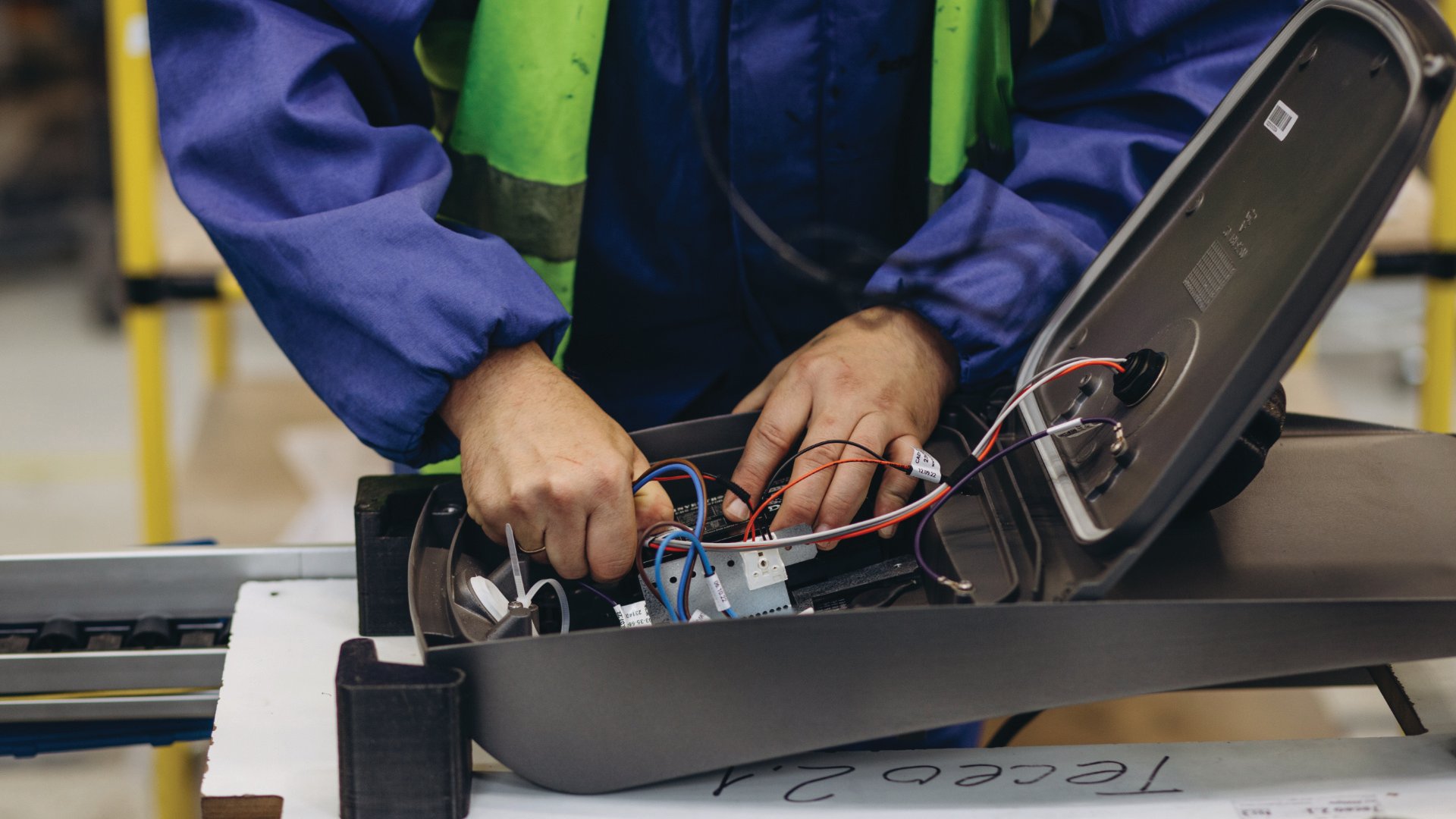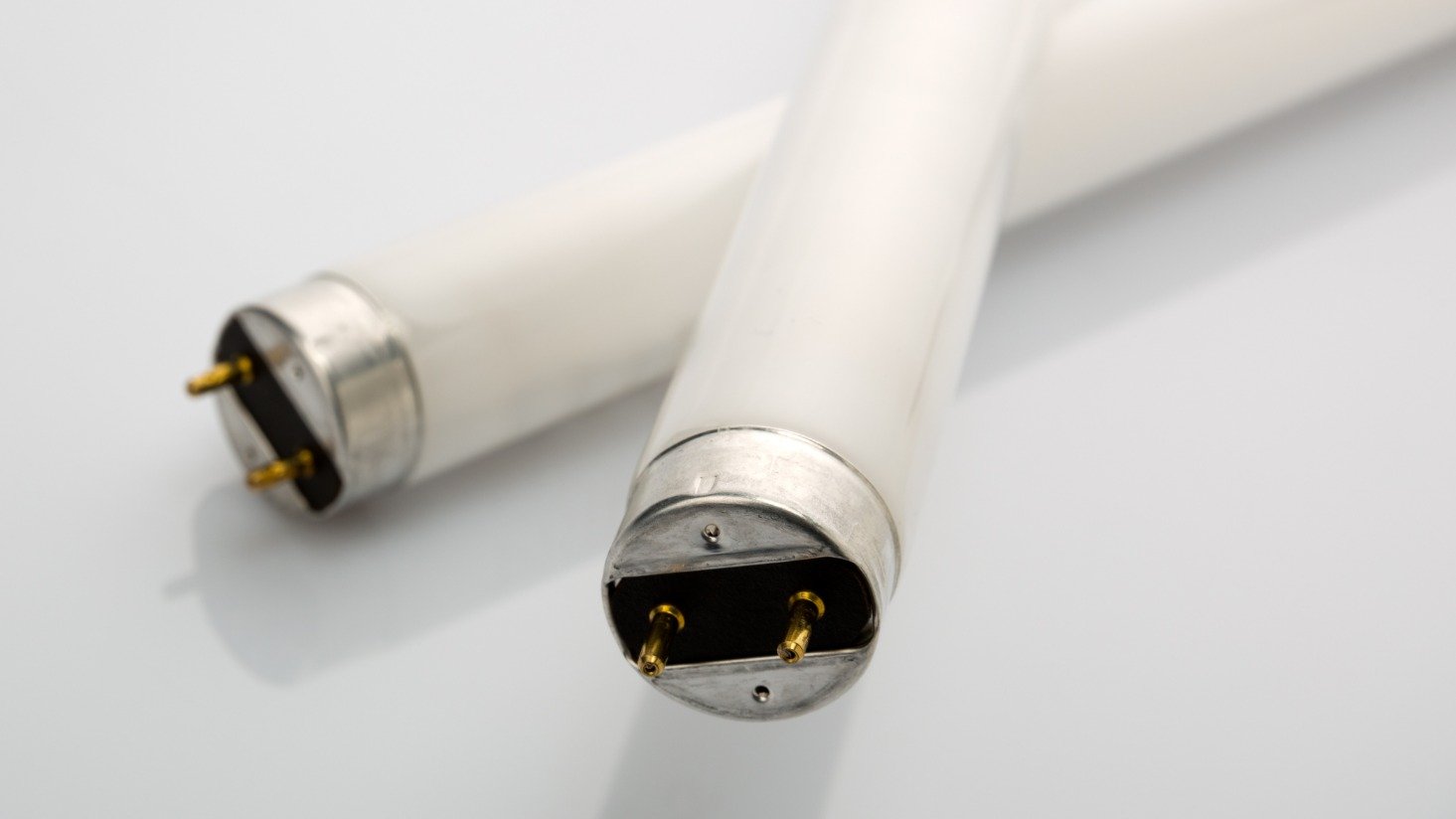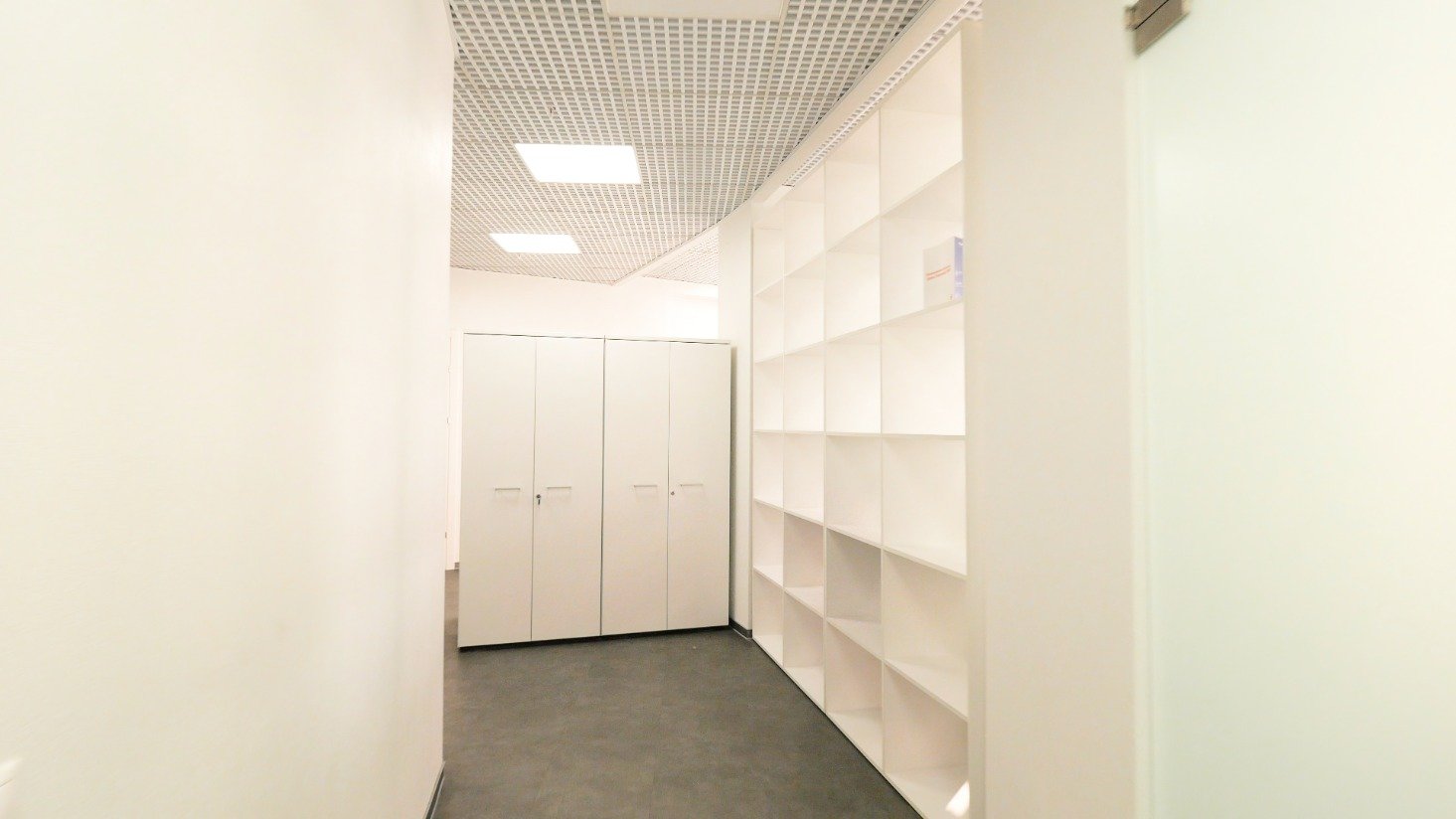What should I do about the fluorescent bulb bans?
Whether you live in a state with an active or impending fluorescent bulb ban or not, the writing is on the wall: fluorescent lighting is on it’s way out. In fact, the ban on fluorescent lighting in Europe went into effect in 2023.
We cover more on the fluorescent bulb bans in the US here, but with a number of states implementing new bans in 2025, more scheduled in 2026 and beyond, and more in process, we thought it would be a good time to get practical.
What should customers do about the fluorescent bans?
At some point you’ll have to upgrade to LEDs, but in the shorter term, you have a few options.
Option 1: Stock up on fluorescent product
The fluorescent bans going into effect are on the sale for fluorescent products. This means that when the deadline comes (January 1, 2025 for a number of states) you’ll no longer be able to purchase fluorescent product. This is different than some previous bans that gradually phased out inefficient products at the manufacturing level.
So, if you’re still trying to figure out how you want to deal with LED upgrades, you can stock up on fluorescent tubes and CFLs before the deadline. Just keep in mind that this will only buy you time — eventually you’ll need to upgrade to LED.
Option 2: Upgrade as old fluorescent product fails
Another approach is to gradually let product failure dictate when you upgrade from fixture to fixture. One important note about this strategy is that the replacement LEDs will be different than your existing fixtures:
- If you’re upgrading from fluorescent to LED tubes or CFLs to LED lamps, the new LEDs will likely look brighter than the non-LED fixtures (more on why here).
- If you’re upgrading the complete fixture, you may experience a difference in brightness and the fixture will probably look different. If you’re replacing a troffer, you can probably get a similar fixture, but a perfect-match replacement is unlikely.
- If you’re upgrading the complete fixture and the form factor of the new LED fixture is different, you may need to replace ceiling tiles or paint if the new fixture is smaller.
This plan may work well in some applications (like industrial, warehouse, stock areas, etc.), but if you’re in education, hospitality/hotels, retail, restaurants, commercial office, and the list goes on, you may want to go a different route.
Option 3: Plan your LED upgrade
The last approach is to plan a more complete or staged LED upgrade. You’ll want to figure out if LED lamps or fixtures are the right approach and whether you want to keep ballasts or bypass them. Our team of lighting specialists is here to help make these decisions easier, so feel free to reach out to set up a time to walk through this.
We’ve also pulled together some links that you may find helpful:
- Plug-and-play vs. ballast-bypass and other linear LED solutions
- Plug-and-play LED bulb vs. LED fixture: Pros and cons for your next project
- Linear LED tube vs. LED fixture: How do I decide which product is right?
- Can I use fewer lighting fixtures when upgrading to LED?
- Pin-base CFL to LED Upgrade Wizard
- Linear Fluorescent to LED Tube Upgrade Wizard
Other considerations with LED upgrades
Regardless of your plan for transitioning to LED, there are other considerations that can make your life easier, help you plan, and help you save more. Here are some recommendations.
Location matters
Think about the spaces for which you’re responsible and keep an eye out for high-profile fixtures at your property.
Are you a restaurant? Prioritize guest areas so their experience is positive. Oh, and focus on the states enacting bans first. 😉
Are you a commercial office property? Check your lobby and common areas first.
Are you a university? Where are you taking prospective students on tours? What common areas are highest profile?
Are you a hotel? Look for highly visible decorative or feature fixtures (ballroom spaces, lobbies, etc.), these may be worth prioritizing so you don’t have an embarrassing outage.
You get the idea. Prioritize the spaces that have the highest impact.
Usage matters
One of the benefits of upgrading to LED is the energy savings. If you focus on areas where the lights operate the most first, you’ll see the greatest payback on your upgrade investment.
You can calculate how much you will save here.
And if you’re worried about upgrading with fluorescent tubes still in your stock room, check out this resource.
Fixture differences
It’s worth mentioning this again — if you’re upgrading to new LED fixtures, make sure you’re clear on any dimensional differences between the old and new fixtures. You may need to do other minor repairs or maintenance work when you do the LED upgrade.
A path forward with bulb bans
Ultimately, we want to help you navigate the bulb bans in a way that works best for your business. If you’re in a state with a ban coming in 2025, you may even decide to take a hybrid of the approaches above. But if you have more time to plan, a complete LED upgrade may give you the best financial results.
The bottom line is these fluorescent bans don’t seem to be going anywhere. Every few months new states are added to the list, and it’s likely that federal efficiency standards will continue to drive the transition to LED.
